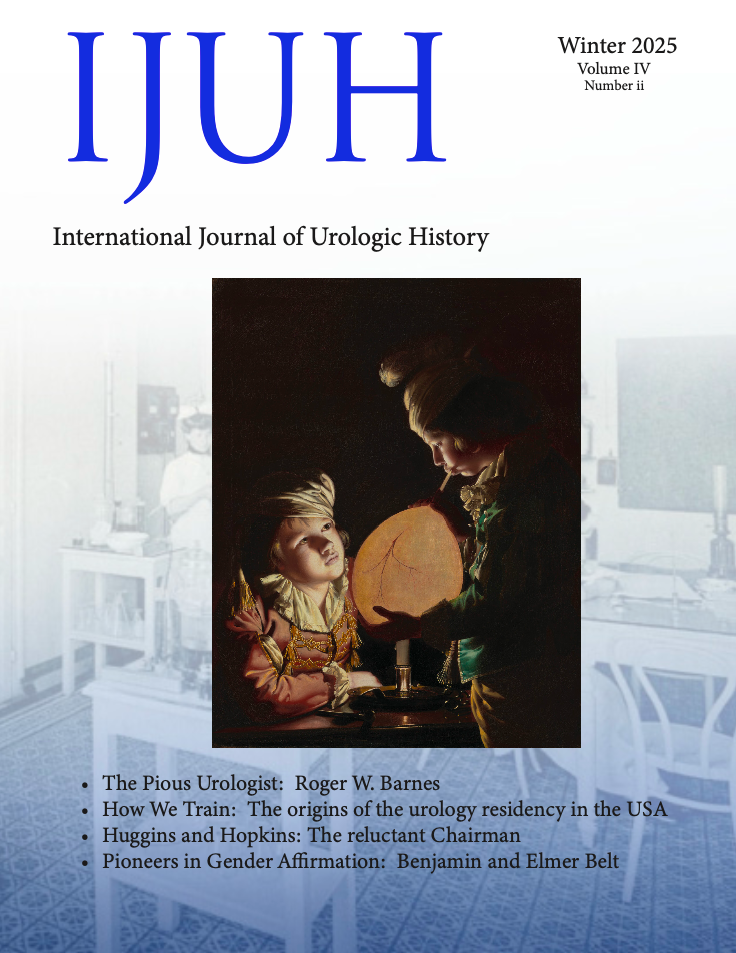Rabbit Uroscopy and the Virgin Mary with Christ Child
Abstract
Objectives
The depiction of a rabbit with a urinary matula on the same page with the Virgin Mary and the Christ child in a medieval text, the Book of Hours, has raised interests among art and medical historians. We will describe the complex interplay between the rabbit, the matula, and the Virgin Mary.
Methods
We studied the original illuminated texts from the medieval (ca. 1475) Book of Hours archived in the Morgan Library, New York. We reviewed articles and historical publications from art history and medical literature.
Results
The Book of Hours was composed for use by lay people who wished to incorporate elements of monasticism into their devotional life. There was often an amalgamation of religious and secular themes within these illustrated texts. The use of uroscopy to diagnose ailments was prevalent and popular during the Middle Ages and the depiction of a matula was not uncommon in medieval manuscripts. As a result, the urine flask came to be identified with and used as a symbol of the physician, much like the caduceus is today. From the fourth century to modernity, the rabbit has been an averter of evil and bringer of good luck. Rabbits functioned as motifs in many medieval manuscripts. The physician rabbit in the Book of Hours depicted charity, healing, and scholarship.
Conclusions
The bespectacled rabbit holding a ‘matula’ is utilized in this Christian religious text as a symbol of the healing properties and resurrection attributed to Jesus, potentially contributing to the reader’s religious experience.
